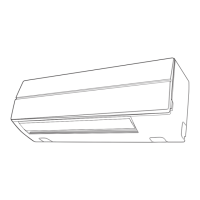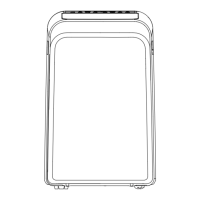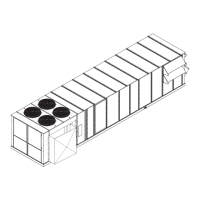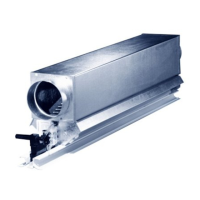– 62 –
NO. Item Specification outline Remarks
3 Capacity
control
1) The compressors of the header and follower units are controlled on the basis of
capacity demand issued by indoor controllers.
2) The two or three compressors featured in an outdoor unit operate on a rotational
basis, so that, every time they come to a stop, their order of startup changes.
3) Where two follower units are connected, every time the system goes thermo OFF
or all the compressors featured in the follower units come to a stop, the priority
startup order of the follower units changes, as they are also subject to rotational
operation.
• Minimum rps of
the compressor is
24 rps.
4 Oil level
detection
control
1) Judgment as to whether an optimum amount of oil is present in the compressor
cases is made on the basis of the temperature readings of sensors TK1 to TK5.
This control function is performed by the header unit and each follower unit
individually.
2) In concrete terms, judgment is based on the relationship between the temperature
measurements provided by TK1, TK2 or TK3, on the one hand, and those provided
by TK4 or TK5, on the other. If there is depletion, oil equalization control takes over.
3) This control function is performed whenever at least one compressor is in
operation.
• Oil level detection
takes place
regardless of the
number of
compressors,
whether it be one,
two or three.
• Rough guide for
oil level judgment
1) If TK1 - TK4 ≥
57.2°F (14°C),
oil level of
compressor 1
is optimum.
2) If TK2 - TK4 ≥
57.2°F (14°C),
oil level of
compressor 2
is optimum.
3) If TK3 - TK4 ≥
57.2°F (14°C),
oil level of
compressor 3
is optimum.
(TD2)
(SV2)
(SV3D)
(TK2)
(SV3B)
(TK1)
(SV3A)
Check valve
Check valve
(TD1)
(TK4)
(SV3E)

